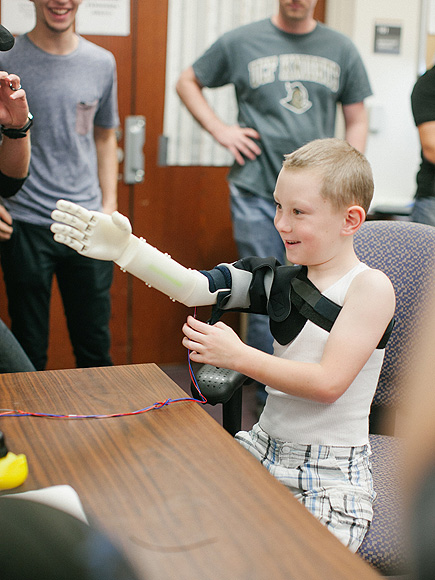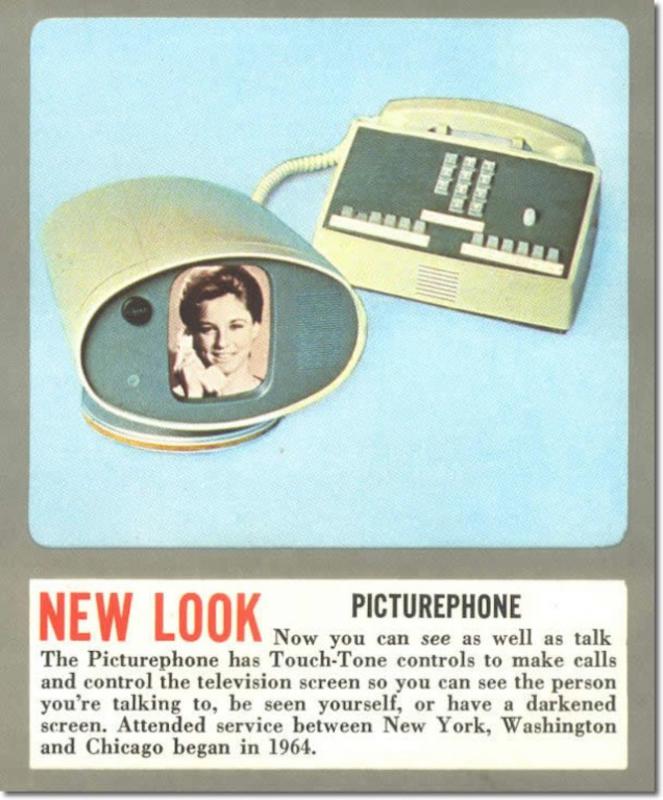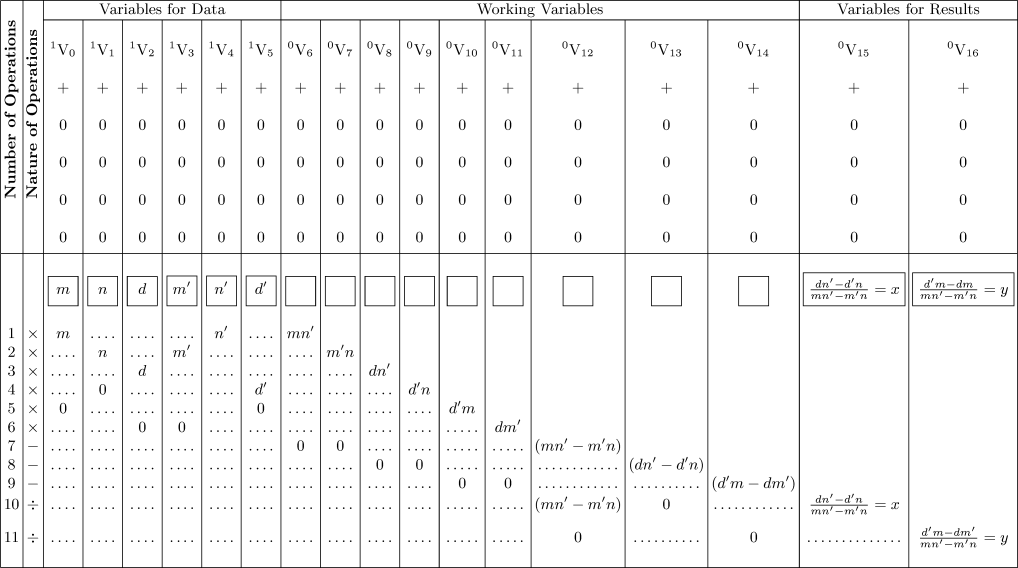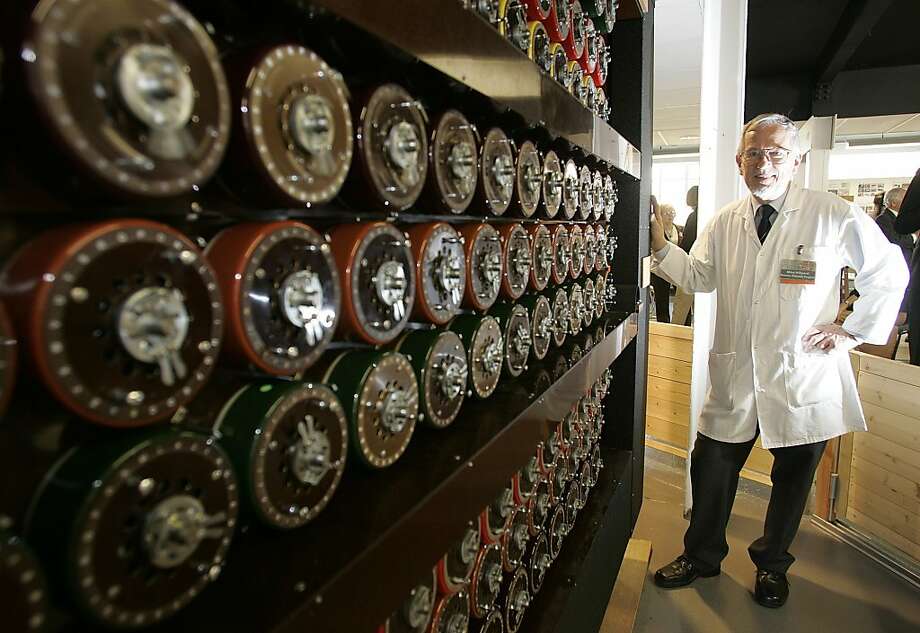This note is by far one of the most intriguing, however it is not of the longest in length. From Note A, this machine had capability of tabulating any function that may ever exist. This was considered by some as perhaps an "intelligent" machine. It was common at the time to overestimate new inventions or subjects, yet underestimate the true value. The note contains a statement on what we know today as Artificial Intelligence (AI).
"The Analytical Engine has to pretensions whatever to originate anything. It can do whatever we know how to order it to perform. It can follow analysis; but it has no power of anticipating any analytical relations or truths." [1]
This sets straight the proposal for AI, however it is very curious how that subject of AI arose nearly 200 years ago. A few key areas of the writings are below.
Note G
The machine could do the following list of functions:
1. Perform the four operations of simple arithmetic (plus, minus, divide, multiply) on any numbers.
2. Combine any magnitude or quantity of numbers either arithmetically or algebraically
3. Use algebraic signs according to their proper laws, and develop logical consequences to a calculation
4. Arbitrarily swap and substitute any one formula for another,
5. Provide for singular values.
M. Menabrea mentions the passing of values through zero and infinity.
6. Differentiate and Integrate
Numbers four and five as listed above could result in the substitution of
 for
for  , explained in N
, explained in Note E
.
Perhaps the most heavyweight function is the calculus operations of integrating and differentiating.
The engine could perform this of two ways; either by the user ordering it, or by doing so from any of the columns of variables, by direct substitution.
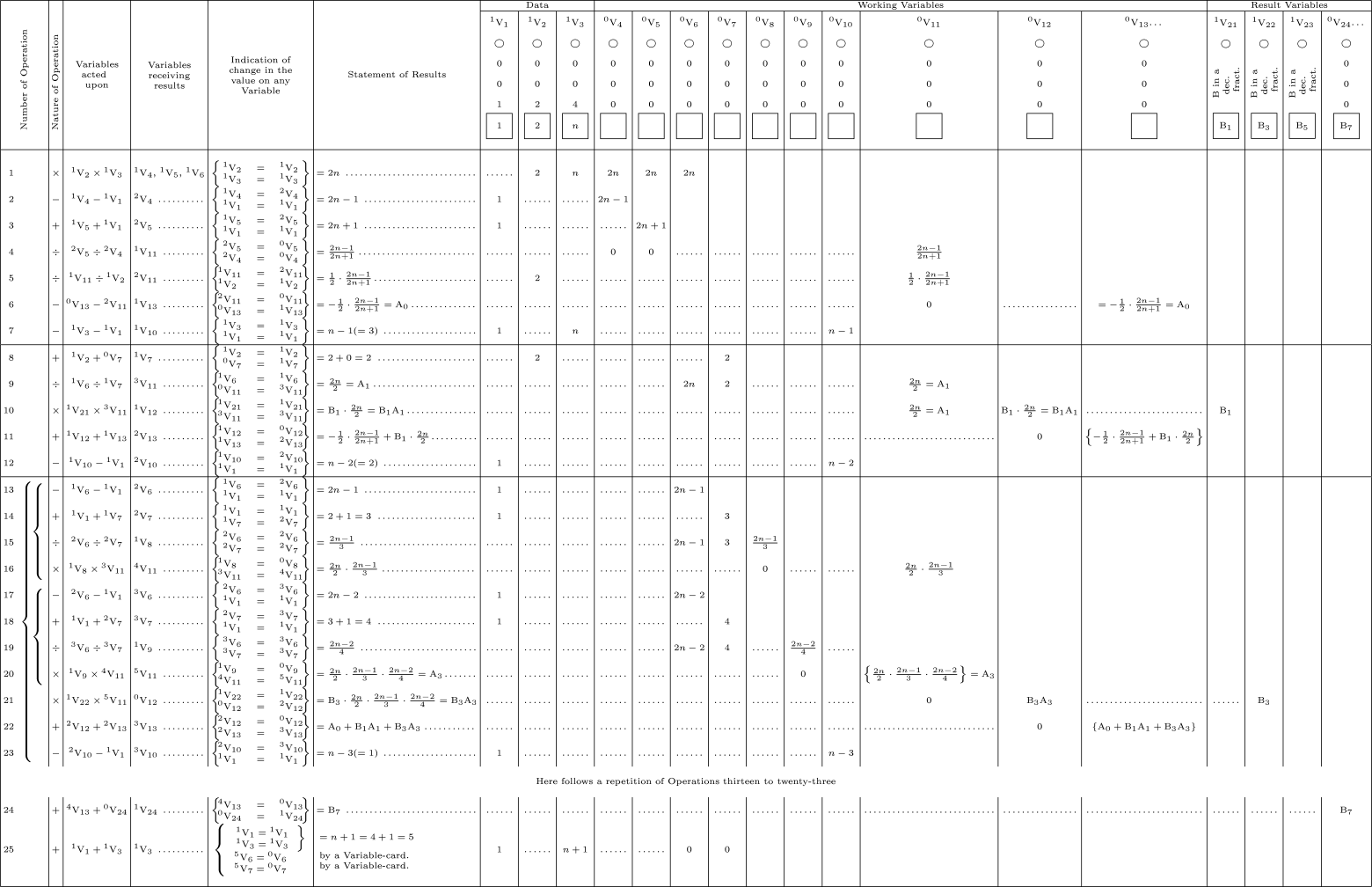 |
| The diagram of the computation of the Bernoulli numbers is very large and intricate as seen above! |
The above diagram may be viewed larger
here.
The note also goes onto describe how the program reads and operates based on the cards entered. A card could be used to simply change the sign of a number, to producing outputs to complex formulas.
[2]
In summary of these notes, the program could perform highly complex tabulation of data. It could also calculate the answers from simple equations to integration and differentiation of any degree of trouble! This was an amazing program, which sadly never ran on the machine it was built for. The notes Lovelace kept about the machine and the program allow mathematics and engineering enthusiasts today to investigate her work further. This was a truly inspiring set of work done by Lovelace and Babbage, which computers today are still carrying on from!
By Sophie Wicks
References
[1] http://www.allonrobots.com/ada-lovelace.html
[2] http://www.fourmilab.ch/babbage/sketch.html








